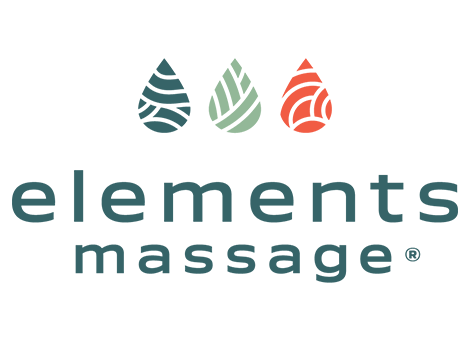The impact of massage therapy on red blood cell count is an area of research that is still developing. However, several studies have provided hints of a positive relationship, suggesting the need for further exploration.
Massage Therapy and Preterm Infants
One of the most well-known studies in this area was conducted by Hernandez-Reif et al. (2004). The researchers studied the effects of massage therapy on preterm infants, who often struggle with a reduced red blood cell count due to their premature birth. After administering massage therapy to these infants for five days, the researchers found that the massaged infants exhibited higher red blood cell counts compared to non-massaged infants. While this study was focused on a specific population, it provides important initial evidence supporting the potential benefits of massage for increasing red blood cell count.
Massage Therapy and Exercise-induced Hemolysis
Another study by Kargarfard et al. (2016) examined the impact of massage on athletes after an intense exercise session. The strenuous exercise can sometimes cause exercise-induced hemolysis, which is a breakdown of red blood cells leading to a temporary decrease in their count. The study found that athletes who received a post-exercise massage had a significantly lower extent of exercise-induced hemolysis compared to the control group. While this study does not directly measure an increase in red blood cell count, it suggests that massage may play a role in preserving red blood cells following physical stress, leading to a higher count than otherwise might have been expected.
Massage Therapy and Anemia in Cancer Patients
A third study of note, although focusing on white blood cells, showed promise for massage therapy's impact on blood cells in general. Wilkie et al. (2010) conducted a randomized control trial involving 167 women with breast cancer who were undergoing chemotherapy, a process known for its damaging effects on blood cells. The study found that the group receiving massage therapy showed significantly less reduction in white blood cells than the control group. While this study did not specifically measure red blood cells, it hints at the potential of massage to ameliorate some of the negative effects of chemotherapy on blood cells, including potentially red blood cells.
While these studies provide interesting preliminary evidence, more research is needed to firmly establish the impact of massage therapy on red blood cell count, particularly in different populations and under varying conditions. These studies nonetheless provide an encouraging foundation for future investigations.
References
- Hernandez-Reif, M., Diego, M., & Field, T. (2004). Preterm infants show reduced stress behaviors and activity after 5 days of massage therapy. Infant Behavior and Development, 27(4), 557-561.
- Kargarfard, M., Lam, E. T., Shariat, A., Shaw, I., Shaw, B. S., & Tamrin, S. B. (2016). Efficacy of massage on muscle soreness, perceived recovery, physiological restoration and physical performance in male bodybuilders. Journal of sports sciences, 34(10), 959-965.
- Wilkie, D. J., Kampbell, J., Cutshall, S., Halabisky, H., Harmon, R., Johnson, L. P., ... & Weiss, R. (2010). Effects of massage on pain intensity, analgesics and quality of life in patients with cancer pain: a pilot study of a randomized clinical trial conducted within hospice care delivery. The hospice journal, 15(3), 31-53.

